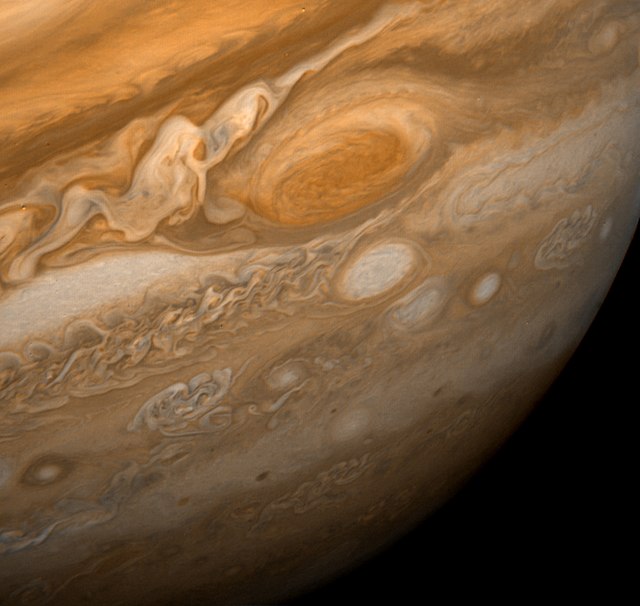Mesoscale meteorology is the study of weather systems and processes at scales smaller than synoptic-scale systems but larger than microscale and storm-scale. Horizontal dimensions generally range from around 5 kilometres (3 mi) to several hundred kilometers. Examples of mesoscale weather systems are sea breezes, squall lines, and mesoscale convective complexes.
A meso-beta scale vortex
Weather is the state of the atmosphere, describing for example the degree to which it is hot or cold, wet or dry, calm or stormy, clear or cloudy. On Earth, most weather phenomena occur in the lowest layer of the planet's atmosphere, the troposphere, just below the stratosphere. Weather refers to day-to-day temperature, precipitation, and other atmospheric conditions, whereas climate is the term for the averaging of atmospheric conditions over longer periods of time. When used without qualification, "weather" is generally understood to mean the weather of Earth.
Cumulonimbus cloud surrounded by stratocumulus
New Orleans, Louisiana, after being struck by Hurricane Katrina. Katrina was a Category 3 hurricane when it struck although it had been a category 5 hurricane in the Gulf of Mexico.
Jupiter's Great Red Spot in February 1979, photographed by the uncrewed Voyager 1 NASA space probe.
Aurora Borealis





